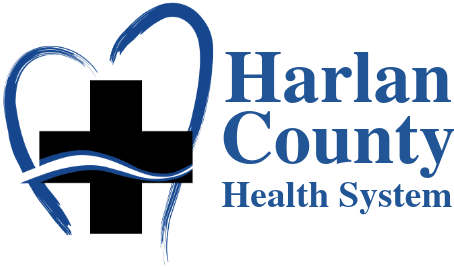 Tora Knaus, PTA at HCHS Rehabilitation
Tora Knaus, PTA at HCHS Rehabilitation
Running is one of the easiest and most convenient forms of exercise as no expensive equipment or gym membership is necessary to begin to improve your health. It is also the 2nd most effective exercise in terms of calories burned per minute! Which means…..more benefits in less time! And those benefits are impressive including…
*Increases lung function
*Boosts the immune system
*Decreases your blood pressure
*Increases your metabolism and aides with weight control
*Improves your mental health by decreasing stress and boosting your confidence
*Strengthens joints and improves bone density
This all sounds great, but how do you begin to avoid injuries and be successful? Here are a few tips to help you get started on the right path.
- Invest in a good pair of running shoes. You do not need the most expensive shoes on the market but you do need the appropriate size and support for your foot type. Visit a running store and have a qualified person match to you the right shoe is very beneficial. Running shoes need to be replaced every 300-600 miles.
- Start with a run/walk program. Build your running intensity and distance gradually. According to the Journal of Orthopaedic & Sports Physical Therapy in October 2014, it is recommended to not increase your distance by more than 10% per week to avoid some common leg injuries.
- Warm up and cool down. You should prepare your body to run, even if it is just a brisk walk. After your run, a cool down walk and stretching can help reduce muscle pain and decrease your recovery time.
- Cross training and days of rest. Incorporate other forms of exercise into your workout plan. Your body will need days of rest from the pounding forces of running. Running muscles will get a break; but, you will still obtain the health benefits of a workout by including other options such as walking, biking, swimming, elliptical, etc. to your exercise plan.
- Eat a nutritious diet. Eating a well-balanced diet will ensure your body has the energy it needs during your physically demanding workout. Be sure this diet includes good hydration. Drink your water!!
- Listen to your body. Running through pain, other than regular workout-related muscle soreness, is never a good idea. Take time off to rest and gradually ease back into running, should you experience pain with your running activities. Consult a physician if your symptoms do not diminish.
These tips will help you get a good start on your way to a healthier you!
